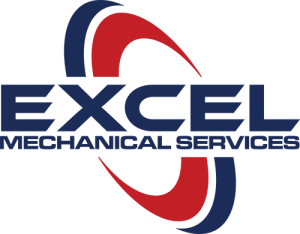Building wireless towers has been good to Horne Brothers Construction for three decades.
Three years ago, Jack and Charles Horne saw another technology opportunity.
Solar.
When they first created the solar division, travel was far: California, Indiana, Massachusetts and Georgia. But business was good, and they went.
“We saw a niche nobody else had filled,” Jack said. “We worked all over when we got started.
“Then North Carolina started booming.”
And one of the largest installers of solar farms on the East Coast, though still traveling, is poised to capitalize right out in the backyard.
From 2007 to 2014, more than $459 million was spent in the Cape Fear region on renewable energy – $421 million on solar projects. In the first 70 days of 2015, Dallas-based Principal Solar announced plans to tack on another $325 million worth of facilities in Cumberland and Bladen counties. Horne Brothers has a sizable project nearby, too.
Solar energy projects don’t generate a buzz like other economic engines, such as poultry plants and fracking. Once built, hundreds of workers are not re`quired. But neither is additional community infrastructure.
According to members of the industry, economic benefits in the community beyond the renewable energy continue once the farms are in place.
Supply chain creation
North Carolina had $2.6 billion in renewable energy development projects in the last eight years, according to a recent report from RTI International, a research firm in the Research Triangle Park. The analysis updated a study of clean energy development in the state commissioned by the North Carolina Sustainable Energy Association.
“There’s a whole supply chain that has to grow up to serve that investment,” Betsy McCorkle said. She’s the association’s director for government affairs.
And rural areas, heavily impacted by urbanization and state government’s corresponding actions, have benefited. Of the state’s $2.6 billion in renewable energy development projects the last eight years, $1.9 billion has been invested in rural areas.
McCorkle said renewable energy development increases the tax base for communities where they are built. Solar farms also don’t have any odor, emissions or noise.
“It’s hard to find an economic development program that doesn’t do at least one of those,” she said.
Permanent and temporary jobs are created, and those workers pay taxes, buy food and stay in hotel rooms, McCorkle said.
More than 165 companies working in the solar industry in North Carolina employed about 4,300 people in 2014, according to the Solar Energy Industries Association. The companies provided products and services ranging from solar system installations to manufacturing components used in solar panels.
And one of them belongs to Jack and Charles Horne.
Industry growth
Horne Brothers originally concentrated on building solar farms generating 2.5 to 5 megawatts of power.
State regulations require power companies to buy electricity for 15 years at a set rate from farms producing less than 5 megawatts of power. For solar farms generating up to 80 megawatts of power, rates are negotiated.
Tom Kosto, the company’s vice president of solar, said Horne Brothers had about 140 full-time employees working on solar projects late in 2014. Including temporary workers, payroll was about 300.
“This year, it could reach as high as 500,” he said.

